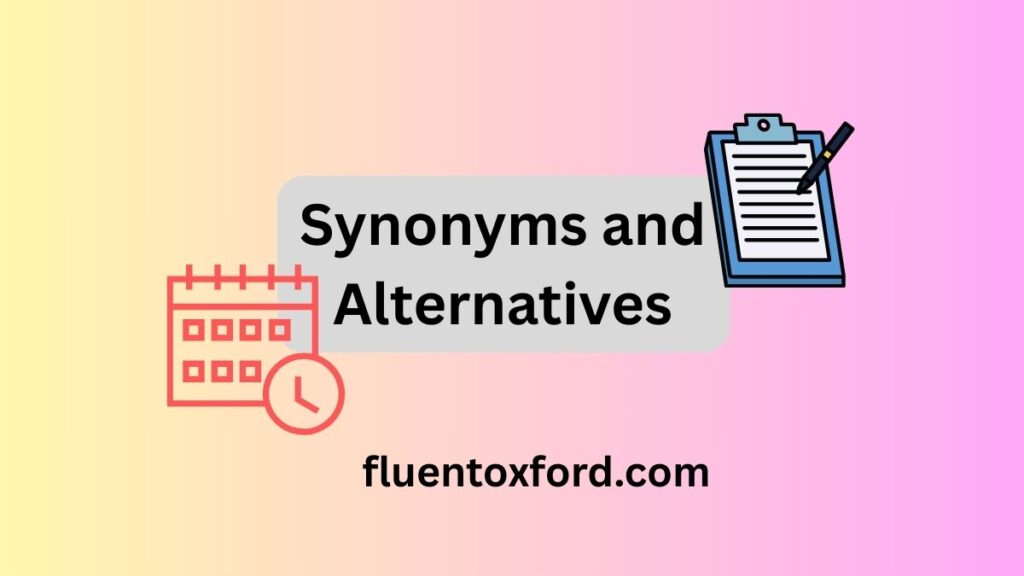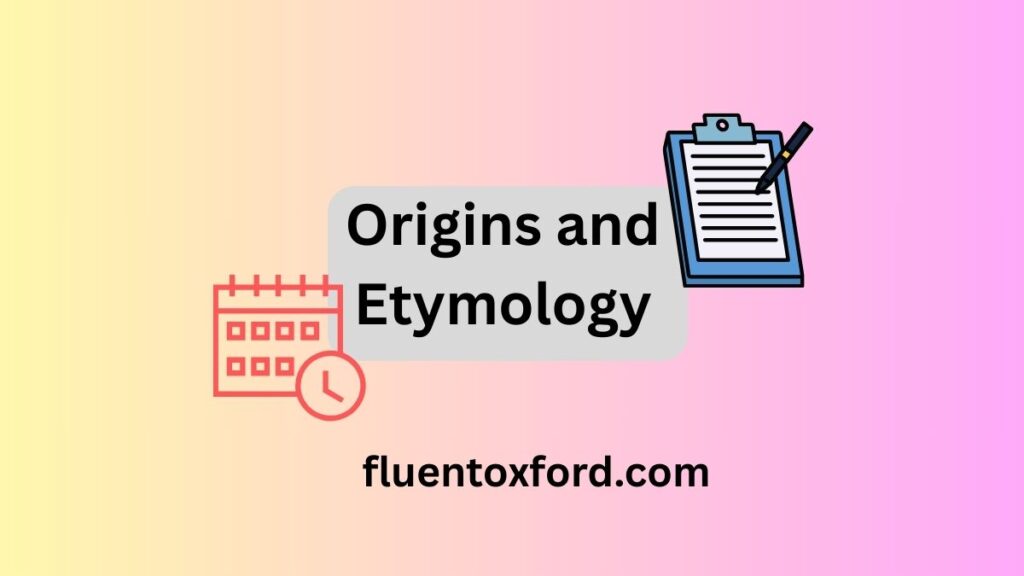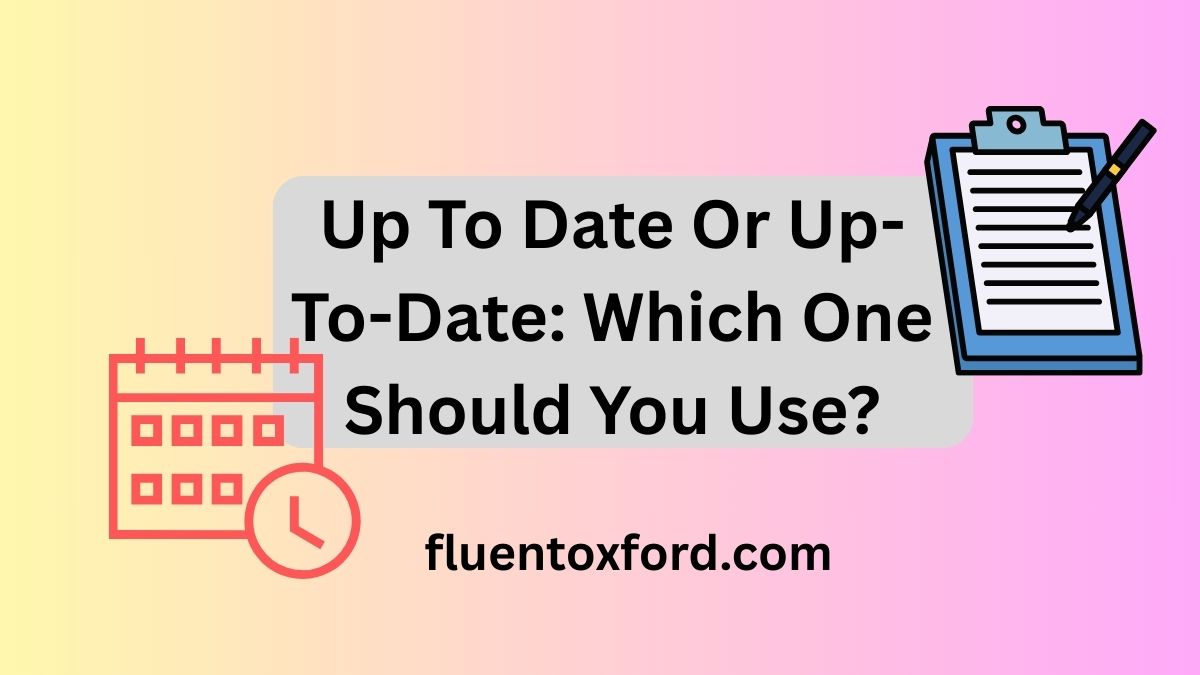“Up to Date or Up-to-Date: Which One To Use?” refers to the distinction between two closely related expressions in English, each serving a unique grammatical purpose. While both forms convey the idea of something being current or modern, their usage depends on sentence structure and function. “Up to date” typically acts as a prepositional phrase, while “up-to-date” serves as a compound adjective. Understanding when to use each correctly enhances clarity and professionalism in both spoken and written communication.
In the fast-paced digital age where clarity, precision, and proper grammar matter more than ever, even small distinctions like this can make a big impact. Whether you’re crafting business emails, writing blog posts, or updating your resume, using the correct form boosts your credibility. A simple hyphen can be the difference between polished and careless writing, and audiences notice.
Mastering the nuances of Up to Date or Up-to-Date: Which One To Use? empowers writers and speakers alike to communicate with greater accuracy. Knowing the right context for each version of Up to Date or Up-to-Date: Which One To Use? not only sharpens your grammar skills but also elevates the professionalism of your language.
Why the Confusion?
The confusion arises due to the subtle difference in hyphenation and grammatical function:
- “Up to date” is typically used as an adverbial phrase, describing the state of being current.
- “Up-to-date” functions as a compound adjective, modifying a noun to indicate modernity or currency.
Understanding this distinction is vital for maintaining writing precision and adhering to hyphenation rules.
What Does “Up to Date” Mean?
“Up to date” is an adverbial phrase used to describe the state of being current or informed. It does not require hyphens. It is often used after a verb to describe someone or something that has the most recent knowledge, updates, or technology. For example, a person can be up to date on news or events.
Examples:
- “She keeps her knowledge up to date with the latest research.”
- “Ensure your software is up to date to protect against vulnerabilities.”
In these instances, “up to date” modifies verbs, indicating the action of staying current.
What Does “Up-to-Date” Mean?
“Up-to-date” is a compound adjective used to describe something that is current or modern. It requires hyphens when placed before a noun. It often refers to tools, information, styles, or systems that reflect the latest standards or trends. For example, you might have an up-to-date smartphone, use up-to-date software, or follow an up-to-date fashion style.
Examples:
- “We need an up-to-date inventory system.”
- “The report provides up-to-date information on market trends.”
Here, “up-to-date” modifies nouns, specifying their current status.
“Up to Date” vs. “Up-to-Date” — Key Differences
| Aspect | “Up to date” (Adverbial Phrase) | “Up-to-date” (Adjective) |
| Grammatical Role | Adverbial phrase | Compound adjective |
| Hyphenation | No hyphens | Hyphenated |
| Position in Sentence | Typically after the verb | Before the noun |
| Function | Describes the state of being current | Modifies a noun to indicate modernity |
Understanding these differences enhances your grammar knowledge and ensures accurate usage.
When to Use “Up to Date”

Use “up to date” when describing the state of being current, typically following a verb. It functions as a predicate. For example, “Her records are up to date” or “He stays up to date on technology.” This form is not hyphenated because it follows the noun or subject it describes. It emphasizes maintaining current knowledge or updates over time.
Examples:
- “Keep your records up to date.”
- “Is your antivirus software up to date?”
This usage is common in digital communication, emphasizing the importance of staying current.
When to Use “Up-to-Date”
Use “up-to-date” as a compound adjective before a noun to describe something current or modern.It describes something that is current or fully updated. The hyphen is necessary to link the words together, indicating they form a single descriptive unit. This form ensures clarity and accuracy in writing.
Examples:
- “An up-to-date curriculum is essential for student success.”
- “We rely on up-to-date data for our analyses.”
This form is prevalent in formal writing, ensuring clarity and specificity.
The Importance of Context
Context determines whether to use “up to date” or “up-to-date.” Consider the sentence structure and the role of the phrase:
- If the phrase modifies a verb and describes a state, use “up to date”.
- If the phrase modifies a noun, use “up-to-date”.
Examples:
- “The database is up to date.” (Describes the state of the database)
- “We need an up-to-date database.” (Describes the database itself)
Recognizing these nuances is key to effective communication.
Synonyms and Alternatives

For “Up to Date” (Adverbial Phrase):
Here are synonyms for “Up to Date” (adverbial phrase), along with their details and examples:
- Current
Refers to something that is happening now or is relevant to the present time.
Example: She stays current with market trends. - Recent
Indicates something that happened or was developed not long ago.
Example: His recent work has received praise. - Modern
Refers to something aligned with present-day trends, ideas, or technologies.
Example: The company uses modern software systems. - Contemporary
Implies something that exists or occurs in the same time period.
Example: The artist’s contemporary approach to painting is widely admired. - Latest
Refers to the most recent or newest version or update.
Example: She has the latest smartphone model. - Up-to-the-minute
Refers to information or data that is extremely current or updated until the very last moment.
Example: The website provides up-to-the-minute news on global events. - State-of-the-art
Refers to the most advanced and modern technology or techniques.
Example: Their lab is equipped with state-of-the-art instruments. - In the know
Refers to being aware of the latest information, often within a specific group or context.
Example: He’s always in the know about upcoming product releases.
For “Up-to-Date” (Adjective):
Here are alternative synonyms for “Up-to-Date” (adjective), with their details and examples:
- Fresh
Indicates something that is new, updated, or recently received.
Example: The fresh content on the website attracts many visitors. - Informed
Refers to being knowledgeable about the latest developments.
Example: She is well-informed about the latest trends in fashion. - Revised
Describes something that has been modified or updated for accuracy.
Example: The revised document includes all the latest changes. - New
Refers to something that is recent or has been introduced recently.
Example: The new version of the app is much faster. - Upgraded
Refers to something that has been improved or brought to a higher level.
Example: The system has been upgraded to the latest version. - Improved
Describes something that has undergone enhancements to become better.
Example: The improved features of the software make it more user-friendly. - In touch
Refers to being aware or knowledgeable about the latest trends or information.
Example: He’s always in touch with the current events. - Reconstructed
Refers to something that has been rebuilt or updated to reflect the latest standards.
Example: The reconstructed website looks much more modern.
Choosing the right synonym depends on the context and desired tone.
Examples in Context
Using “Up to Date”:
- “Ensure your contact information is up to date.”
- “She brought the team up to date on the project’s progress.”
Using “Up-to-Date”:
- “We require an up-to-date resume.”
- “The website offers up-to-date resources.”
These examples illustrate the practical application of each form.
Origins and Etymology

The phrase “up to date” originated in the 19th century, initially used in financial contexts to mean “current.” Over time, as the language evolved, the hyphenated form “up-to-date” emerged to function as a compound adjective, reflecting the need for specificity in modifying nouns.
Understanding the historical development of these terms provides insight into their current usage and reinforces the importance of language evolution in shaping modern communication.
Common Mistakes to Avoid
- Incorrect Hyphenation: Using hyphens when not needed or omitting them when required.
- Incorrect: “The software is up-to-date.” (Should be “up to date”)
- Correct: “We need an up-to-date report.”
- Misplacement: Placing the phrase incorrectly in the sentence.
- Incorrect: “An up to date manual is essential.” (Should be “up-to-date”)
Being mindful of these common errors enhances your writing precision.
Quick Reference Guide
| Usage Context | Correct Form | Example |
| After a verb | up to date | “The records are up to date.” |
| Before a noun | up-to-date | “An up-to-date manual is essential.” |
This guide serves as a handy reference for proper usage.
Conclusion
In the end, knowing the difference between “up to date” and “up-to-date” is simple but important. The phrase without hyphens is used after a verb, while the hyphenated form comes before a noun. Understanding Up to Date or Up-to-Date: Which One To Use? helps you write more clearly and correctly in everyday life.
Whether you’re writing a school paper, an email, or a social media post, using the right form shows good grammar. Paying attention to small rules like these can make a big difference. Remembering the rules of Up to Date or Up-to-Date: Which One To Use? will make your writing sound more professional and polished.
FAQs
Q1: When should I use “up to date” instead of “up-to-date”?
A: Use “up to date” after a verb to describe a state of being current; use “up-to-date” before a noun as a descriptive adjective.
Q2: Is it correct to write “uptodate” as one word?
A: No, “uptodate” is incorrect. The correct forms are either “up to date” or “up-to-date”, depending on usage.
Q3: Does punctuation affect the meaning of “up to date”?
A: Yes. Adding hyphens changes it to an adjective (“up-to-date”) used to modify nouns, while the unhyphenated version acts as an adverbial phrase.
Q4: What are some quick tests to choose the right form?
A: If the phrase comes after a verb, use “up to date”; if it comes before a noun, use “up-to-date”.
Q5: Are “current” and “modern” good substitutes?
A: Yes, “current” often works for “up to date,” while “modern” fits well in place of “up-to-date.”

As an admin at Fluent Oxford, Maida Queen is the driving force behind our vibrant learning community. With a deep passion for English language education, she ensures that our platform remains a dynamic, engaging, and supportive space for learners worldwide.
Maida expertly manages content, assists users with their grammar and fluency queries, and fosters an interactive environment where learning feels effortless and enjoyable. Whether you need guidance, motivation, or just a friendly face in the Fluent Oxford community, Maida is always there to help you reach your English language goals.








